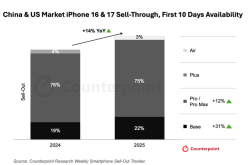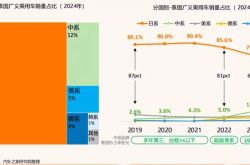iPhone 17 Telephoto Lens Receives Major Upgrade: Apple Seeks to Rival Domestic Ultra Flagships
![]() 04/07 2025
04/07 2025
![]() 641
641
Is Apple setting its sights on crafting the ultimate telephoto lens?
After enhancing the 48MP ultra-wide-angle lens on the iPhone 16 Pro series, Apple appears poised to shift its focus to upgrading the telephoto lens on the iPhone 17 Pro series.
According to majinbuofficial, the iPhone 17 Pro/Pro Max will feature a redesigned telephoto module and be upgraded to a 48MP sensor, significantly reducing imaging discrepancies between the telephoto and wide-angle lenses.
Recent camera hardware upgrades on iPhones have predominantly focused on the main camera, with sensor specifications rivaling those of domestic Ultra-level flagships. However, upgrades to the ultra-wide-angle and telephoto lenses have been relatively conservative, leading to inconsistencies in multi-camera imaging.
With a comprehensive upgrade to the periscope telephoto lens, will the iPhone 17 Pro/Pro Max's camera system be able to compete directly with domestic Ultra flagships?
High-pixel count + lossless zoom: The iPhone 17 Pro telephoto lens is impressive
majinbuofficial mentioned in the post that the iPhone 17 Pro and iPhone 17 Pro Max have undergone a redesign of their camera module shapes, transitioning from a protrusion in the top-left corner to a more uniform protrusion spanning the left and right sides of the device.
While opinions vary on the visual appeal of the new design, the larger protrusion area will undoubtedly facilitate internal stacking, such as accommodating larger camera modules.
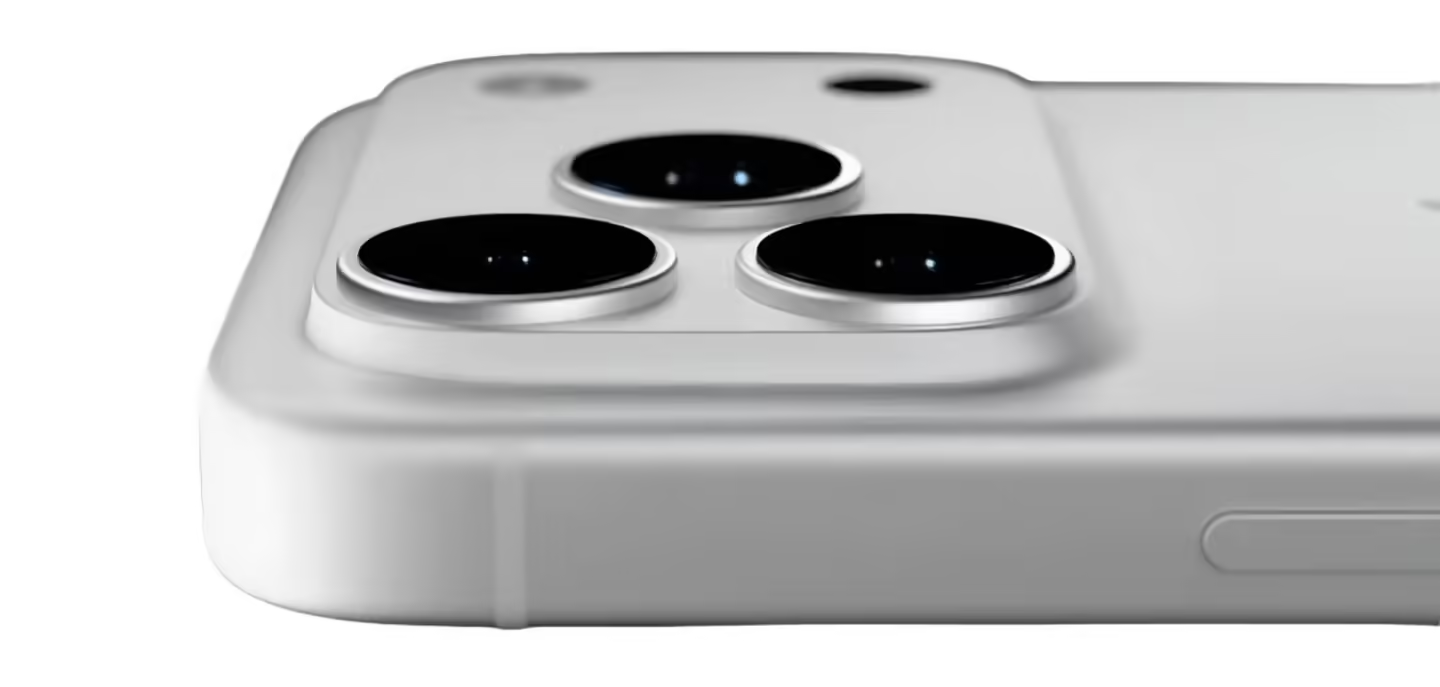
(Image courtesy of majinbuofficial)
Apple has abandoned the multi-reflection periscope solution used for two generations. Judging from the structure, the telephoto lenses of the iPhone 17 Pro and iPhone 17 Pro Max are expected to perform better theoretically, especially in low-light scenarios such as night photography.
However, the new periscope structure may not necessarily be standard on the iPhone 17 Pro and higher versions. Based on the iterative pace of these generations, the larger and higher-end iPhone 17 Pro Max may be the first to launch with the new periscope structure, followed by the more compact Pro version.
In terms of sensors, the telephoto lens of the iPhone 17 Pro series will be upgraded to 48MP, supporting 3.5x optical zoom and up to 7x (160mm) "optical quality zoom." It may also support popular features such as telephoto macro photography.
With a higher pixel count, the iPhone 17 Pro/Pro Max offers more "lossless" cropping space. As for whether the sensor size has been increased, majinbuofficial's post did not mention it. It is speculated that it may increase to around 1/2.55, matching the ultra-wide-angle sensor of the iPhone 16 Pro series.
If the rumors are true, then Apple has finally placed importance on the telephoto lens. Telephoto photography capabilities and focal length coverage are the main battlegrounds for current imaging flagships, supporting more complex usage scenarios than wide-angle lenses. Domestic Ultra flagships have heavily invested in their telephoto lenses, and Apple presumably does not want to lag behind in this telephoto competition.
By abandoning the ultra-thin periscope module, is Apple aiming to create the best telephoto lens?
Apple first introduced a periscope telephoto module on the iPhone 15 Pro Max, but unlike common periscope structures, its design was unique to address space constraints.
From the official website and past patent drawings, it can be seen that Apple moved the lens group originally placed behind the prism above the prism, reducing the prism's wedge angle to within 35°, and thereby reducing the thickness of the reflective structure. Light reflects four times within the prism structure, both compressing the periscope's lateral length and ensuring a sufficiently distant focal length.
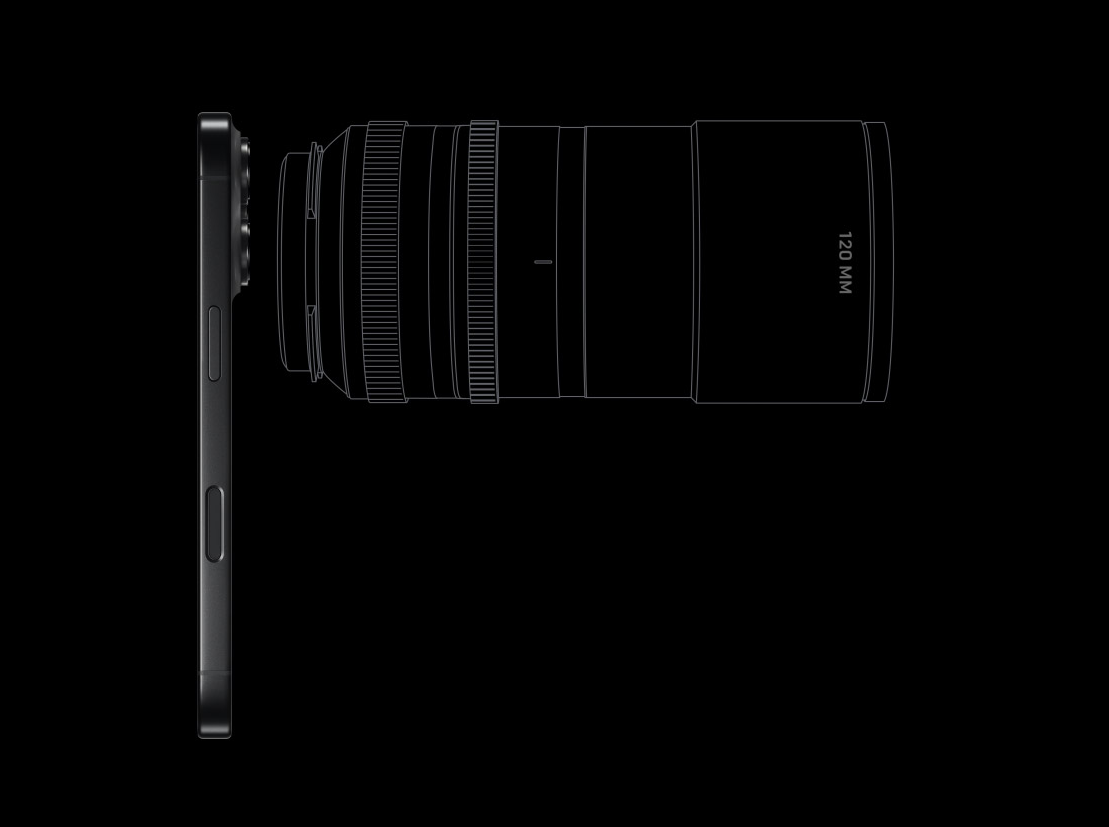
(Image courtesy of Apple)
The earlier multi-reflection periscope structure aimed for longer optical path transmission, achieving a more distant optical focal length in a limited space, as seen in the Huawei P40 Pro+. Nowadays, multiple reflections are more about thickness control.
Apple is not the only company utilizing multiple light refractions to reduce module thickness. The OPPO Find X8 series, released on October 24, 2024, featured a periscope with an inverted sensor structure, reducing space occupation by 33% compared to traditional periscope structures.
The upcoming OPPO Find X8 Ultra's 6x periscope also adopts an inverted sensor solution, significantly shortening the lateral length compared to the previous generation while accommodating a larger sensor. According to OPPO's Zhou Yibao, both the sensor area and aperture have been increased, being 2.5 times larger than the previous generation.
Innovations in structure do not come without cost. Multiple light refractions in the optical path may lead to the loss of light information, and the light transmission process may introduce errors, affecting the color reproduction of the final image to some extent.
Moreover, this special ultra-thin periscope telephoto lens generally cannot focus at close distances.
The advantages and disadvantages of the traditional periscope structure are also evident: a simple and mature structure, less light loss, and the ability to achieve closer focusing distances, but at the cost of occupying more space. Currently, most domestic Ultra imaging flagships use traditional periscope structures.
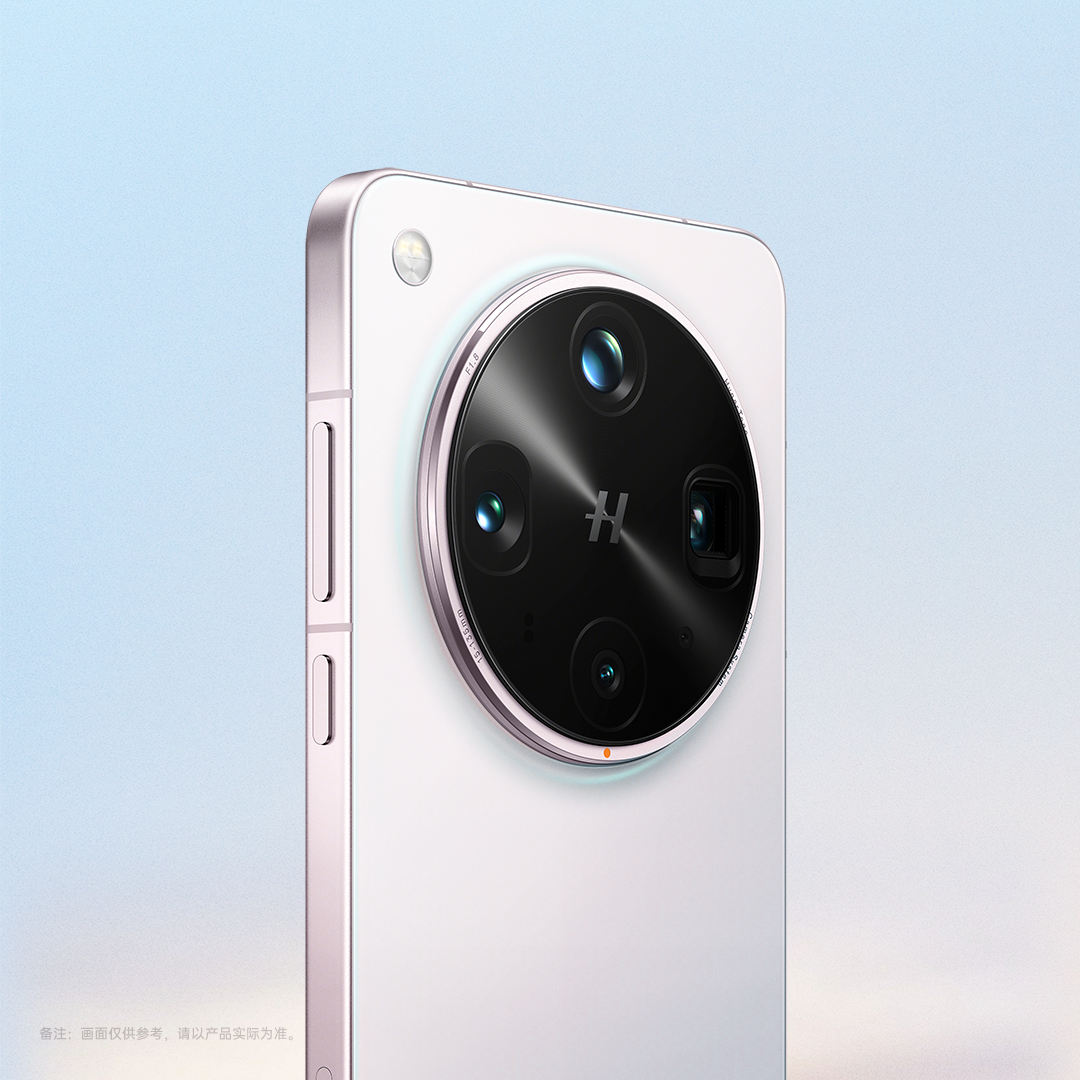
(Image courtesy of OPPO)
By "optimizing the optical path," as mentioned by majinbuofficial, it is speculated that the periscope telephoto lens of the iPhone 17 Pro/Pro Max may return to the traditional single-reflection structure, with changes in the lens module giving the periscope more room to perform.
Whether it's an ultra-thin structure or a traditional structure, there is no absolute good or bad between the two solutions. It's more about balancing the trade-offs between body stacking and user experience. For the iPhone, which only has three imaging cameras, sacrificing some space for better imaging/focusing capabilities is more reasonable.
Emphasizing multi-camera consistency, Apple is finally stepping up its photography game
As mentioned earlier, there is a significant gap in the hardware capabilities of the three cameras on the current Pro series iPhones.
Take the iPhone 16 Pro as an example. Its IMX903 main camera sensor is 1/1.3 inches and 48MP, the ultra-wide-angle lens has been upgraded to 48MP with a sensor area of 1/2.55 inches compared to the previous generation, while the telephoto lens remains at 12MP with a sensor area of 1/3.1 inches.
As the saying goes, "a larger sensor size crushes all," the sensor area largely determines the light-sensing capability and dynamic range. Smaller sensors have more scene limitations in photography.
Multi-camera consistency is not solely about color. Whether each camera can ensure as close as possible resolution and dynamic range in the same scene determines the multi-camera system's scene adaptability and affects users' motivation to take photos with their phones.
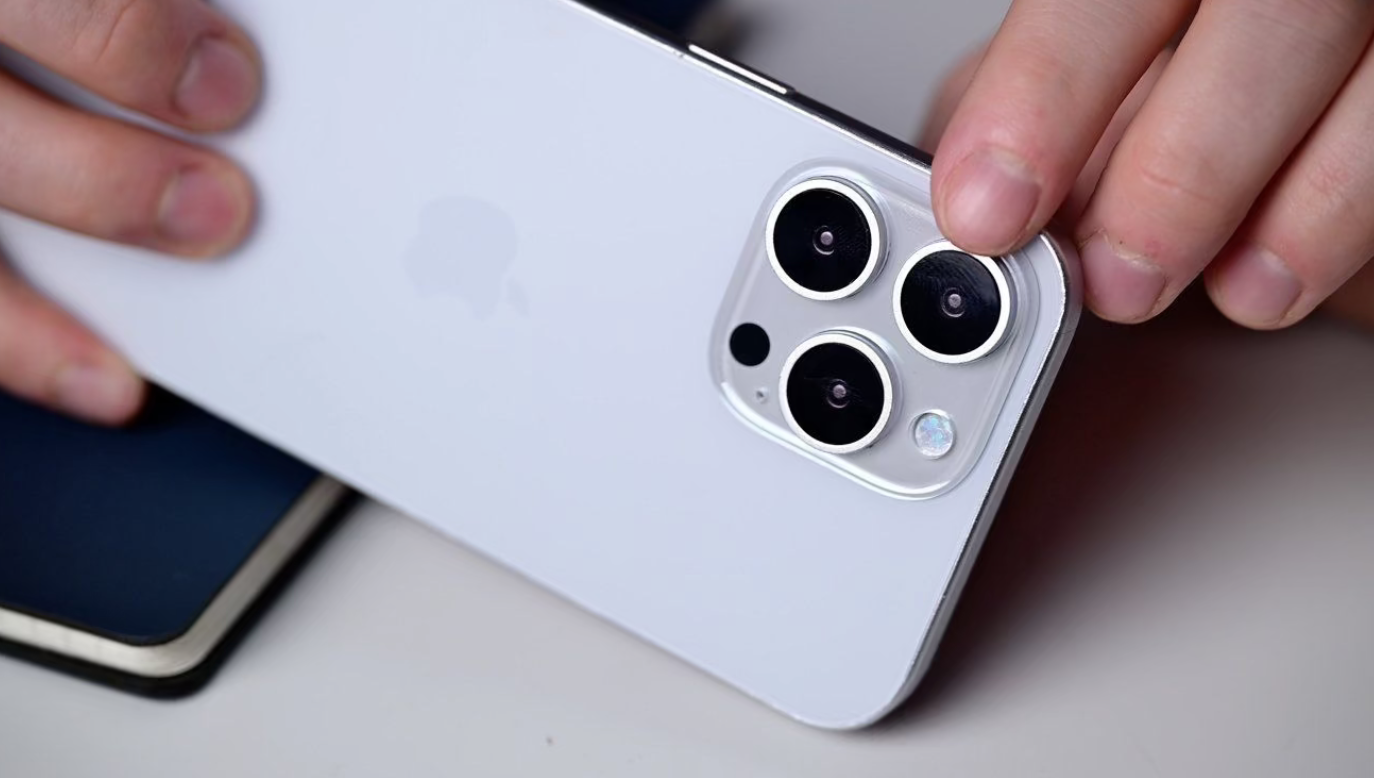
(Image courtesy of @AppleInsider)
Early periscope telephoto lenses were solely for seeing far away, but now telephoto night photography has become a must-have feature. The hardware of telephoto lenses cannot be ignored, requiring both a large sensor and high-quality optical components. Otherwise, in low-light conditions with insufficient light intake, the camera system may switch back to the main camera for cropping.
Additionally, the iPhone 16 Pro series relies on main camera cropping between 1x and 5x zoom, inevitably losing some image quality in digital zoom. To ensure imaging quality within 10x zoom, domestic imaging flagships generally have native telephoto focal lengths around 3x to 4x. The switch in telephoto solutions for the iPhone 17 Pro/Pro Max is likely also considering the shooting experience at everyday focal lengths.
Apple's leadership in video recording is evident, but its advantage in photography is relatively limited. The upgrade of telephoto specifications is indeed welcome news, indicating that Apple is starting to value the consistency of multi-camera performance, especially clarity.
After all, the current competition among imaging flagships primarily focuses on telephoto lenses, requiring both distant reach and excellent image quality.
Can the iPhone 17 stand up to domestic Ultra flagships?
The domestic imaging phone market is fiercely competitive, with professional imaging brands and self-developed imaging technologies emerging. The hardware capabilities of Ultra imaging flagships are undeniably impressive. In photography, domestic Ultra imaging flagships have entered a realm of "divine battle," and the iPhone's direct photo output has only limited advantages in comparison.
However, the iPhone's camera system offers good post-processing space and features like "color palettes," allowing tech-savvy users to simulate the tones of different cameras and unique film colors.
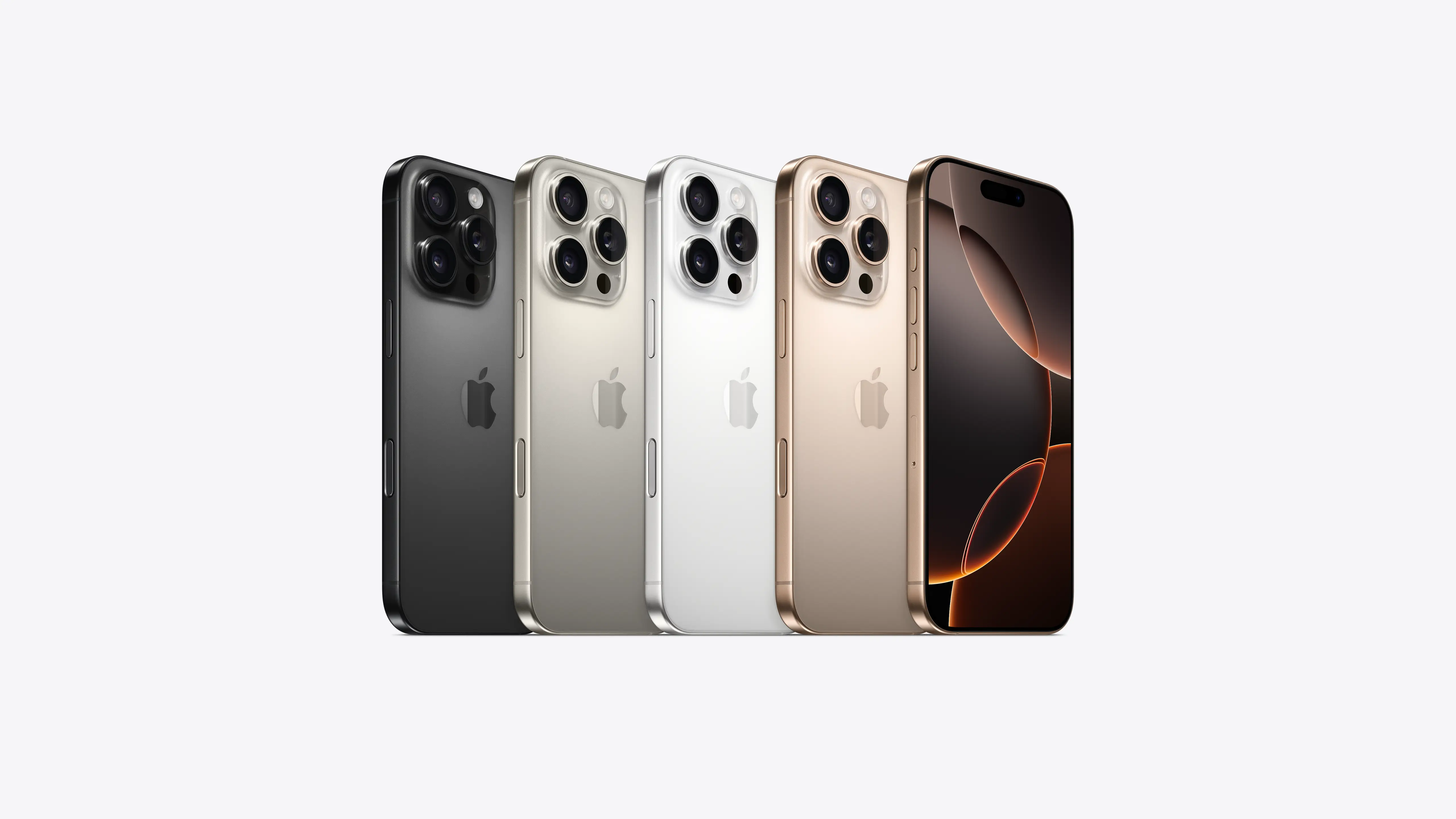
(Image courtesy of Apple)
Imaging capability is a top concern for flagship smartphone consumers. According to the "White Paper on Chinese High-End Smartphone Users" jointly released by Kantar and Zhihu, imaging technology and AI intelligence have become key drivers of upgrades for high-end smartphones. 72% of high-end users are concerned about telephoto camera functionality, as its ability to capture distant scenes meets various needs (concerts, portraits, macro photography, etc.), making it the users' preferred imaging feature.
This time, even Apple may have realized that to maintain the iPhone's advantage in the high-end market, imaging is an essential aspect. The iPhone 17 Pro/Pro Max's focus on telephoto lenses is a market-driven move.
With the hardware in place, the iPhone's imaging capabilities have been significantly elevated. Whether it can compete directly with domestic Ultra flagships is another matter, but at least Apple has taken a serious step towards enhancing its imaging capabilities, promising a bright future.
In the future, those who choose the iPhone probably won't regret its photography performance, which has seen marked improvement.


